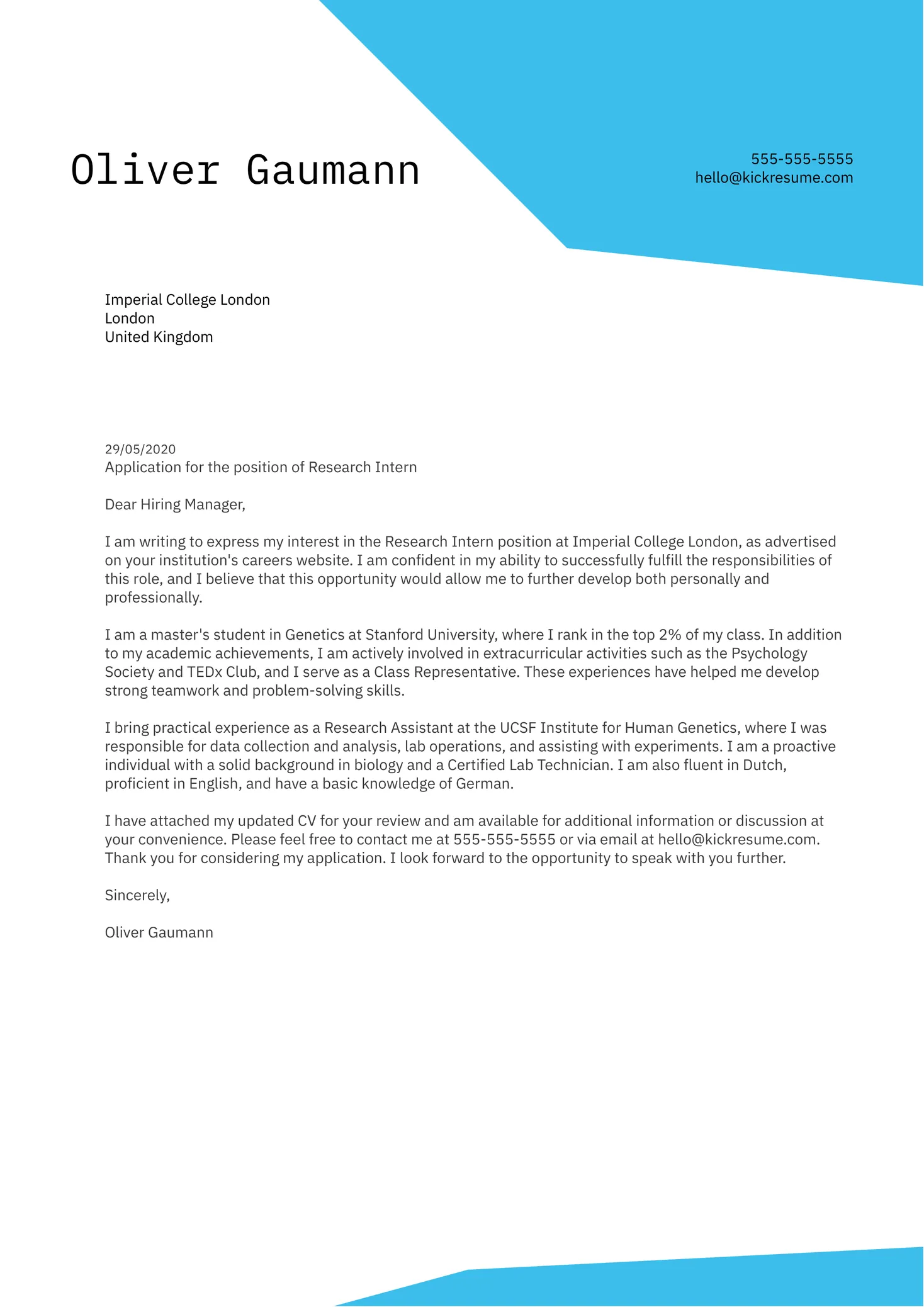Understanding the Academic Cover Letter
The academic cover letter serves as a crucial introduction, offering a glimpse into your qualifications and suitability for a specific academic position. Unlike standard cover letters, this document dives deep into your research, teaching, and overall contributions to academia. It’s your chance to persuade the hiring committee that you possess the necessary skills, experience, and potential to thrive in their institution. A well-crafted academic cover letter can significantly improve your chances of getting an interview. It goes beyond simply listing your qualifications; it tells a compelling story about your career trajectory and future aspirations. It demonstrates your understanding of the position and your genuine interest in the institution, thereby setting you apart from other applicants. The letter highlights not just what you’ve done but also what you will do for the department and university.
Purpose of an Academic Cover Letter
The primary purpose of an academic cover letter is to persuade the hiring committee to invite you for an interview. It’s your opportunity to make a strong first impression, showcasing your relevant skills, experience, and potential. The letter should articulate your career goals and how they align with the specific position and the institution’s mission. This allows you to demonstrate a clear understanding of the job requirements and your suitability for the role. This document provides context to your CV, allowing you to elaborate on your achievements and explain how your work has made a tangible impact in the field. A successful cover letter demonstrates your passion, enthusiasm, and commitment to contributing to the academic community and can significantly enhance your application and increase your chances of securing an interview.
Key Differences from Other Cover Letters
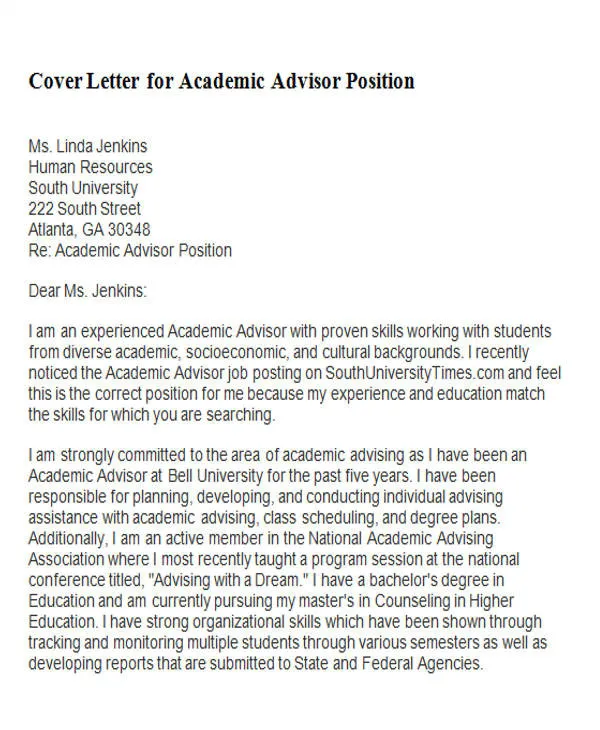
Academic cover letters differ significantly from those for non-academic positions. They are generally longer, more detailed, and focus heavily on research accomplishments, teaching philosophy, and institutional fit. A standard cover letter might emphasize transferable skills, while an academic one highlights specialized expertise and publications. The tone tends to be more formal and scholarly, reflecting the academic environment. Academic cover letters also require a deep dive into your research, including the significance of your work, your future research plans, and how your work aligns with the department’s goals. Furthermore, academic cover letters need to address your teaching philosophy, detailing your approach to instruction and your ability to engage students. This involves describing your teaching experience, preferred methods, and how you plan to contribute to the institution’s educational mission, as well as your plans for student support and curriculum development.
Top 5 Tips for a Stellar Academic Cover Letter
- Highlight Research Experience
- Showcase Teaching Abilities
- Tailor Your Letter to the Specific Position
- Demonstrate Fit with the Institution
- Formatting and Structure Best Practices
Highlighting Research Experience
Your research experience is a cornerstone of your academic cover letter. Clearly articulate your research interests, methodologies, and significant findings. Mention key publications, presentations, and grants, quantifying your impact whenever possible. For instance, instead of saying you published several papers, specify the number and the impact factor of the journals. Highlight your ability to secure funding, lead research teams, and collaborate with other researchers. Discuss your future research plans and how they align with the department’s current research areas. Emphasize the relevance of your research to the specific position and the institution’s strategic goals. Briefly outline your current and future research projects and their potential contributions to the field and to the institution. Explain how your research aligns with the department’s priorities and how you see yourself contributing to its scholarly mission.
Showcasing Teaching Abilities
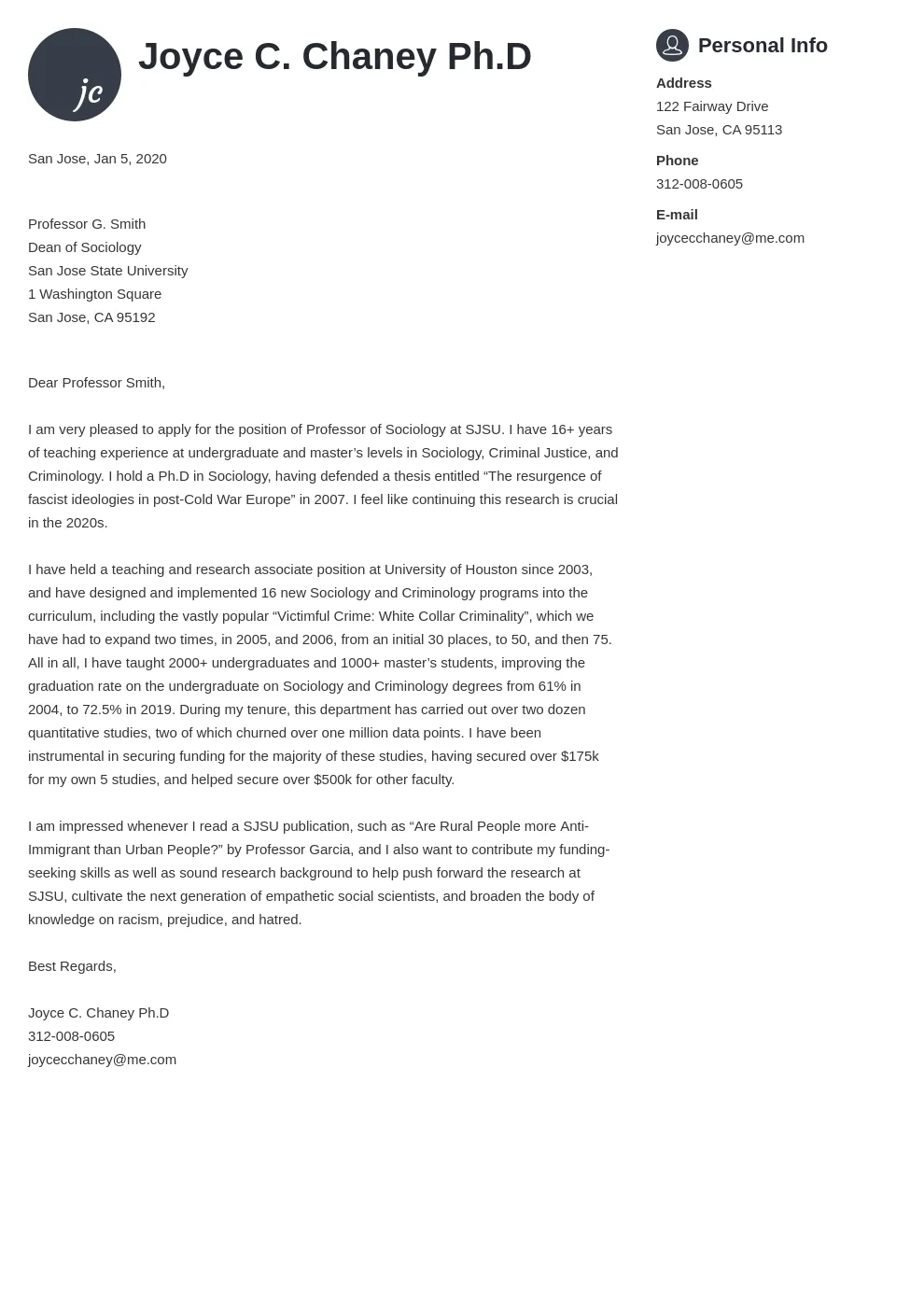
Teaching is another critical component of your academic cover letter. Describe your teaching philosophy, methods, and experience. Provide specific examples of how you have engaged students and fostered a positive learning environment. Highlight any teaching awards or positive student evaluations. Mention your experience developing and delivering courses, incorporating innovative teaching techniques, and adapting your teaching style to different learning styles. Showcase your ability to mentor students, supervise research projects, and contribute to curriculum development. Explain how you promote critical thinking and encourage student participation in the classroom. Demonstrate your commitment to student success and your ability to contribute to the department’s educational mission. Mention any experience with online teaching, hybrid formats, or other innovative educational practices.
Tailoring Your Letter to the Specific Position
Avoid sending a generic cover letter. Tailor each letter to the specific position and institution. Carefully review the job description and identify the key requirements and expectations. Address each requirement explicitly and provide examples that demonstrate your skills and experience. Research the department’s faculty, research areas, and teaching needs. Show how your qualifications align with their specific requirements and how you can contribute to their goals. Mention specific faculty members whose work interests you and explain how you envision collaborating with them. Highlight any unique skills or experiences that make you a particularly strong candidate. Demonstrate that you understand the position and the institution’s priorities and can contribute to their ongoing projects.
Demonstrating Fit with the Institution
Demonstrating your fit with the institution is crucial. Research the institution’s mission, values, and culture. Explain how your research interests, teaching philosophy, and career goals align with their priorities. Identify specific programs, initiatives, or faculty members you are interested in collaborating with. Show that you understand the institution’s academic environment and how you can contribute to it. Describe how your skills and experience will benefit the department and the students. Mention any connections you have to the institution or its community. Demonstrate your enthusiasm for the position and your genuine interest in contributing to the institution’s success. This can include detailing your understanding of the institution’s strategic goals and your vision for contributing to their success.
Formatting and Structure Best Practices
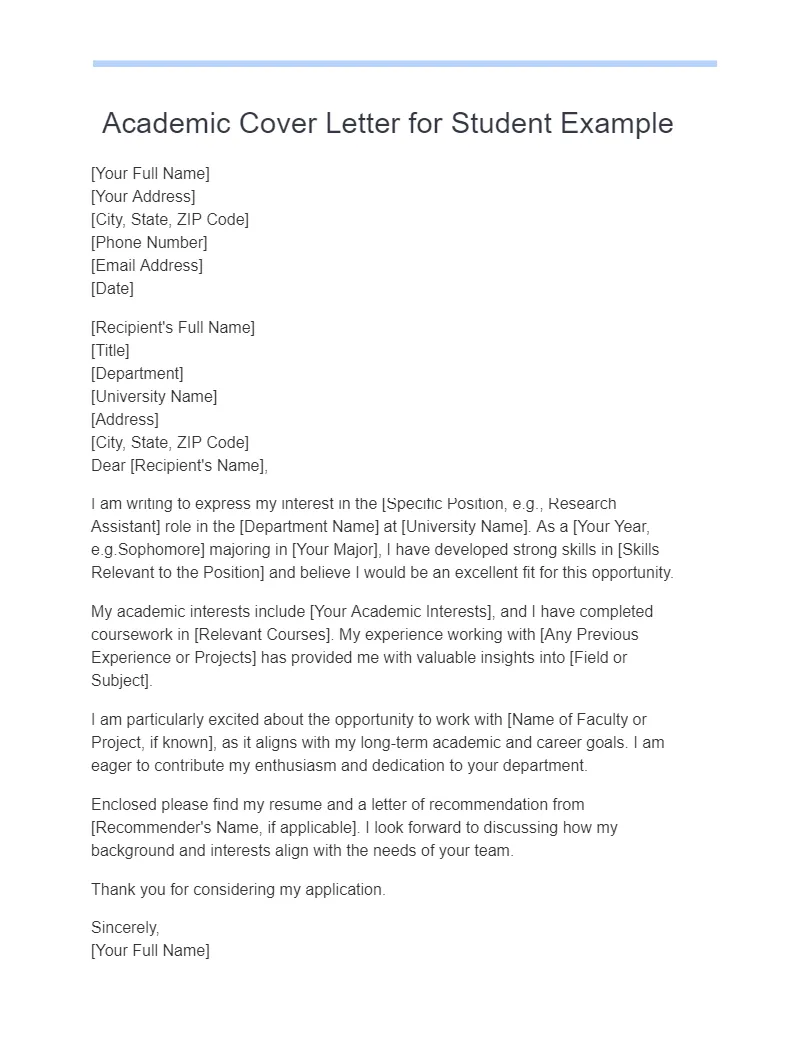
Adhere to a professional and organized structure. Use a clear and concise writing style, avoiding jargon and overly complex sentences. Start with a strong opening that immediately captures the reader’s attention and states your interest in the position. Follow with a brief overview of your qualifications, highlighting your key strengths and experiences. Structure your letter into distinct sections, such as research experience, teaching experience, and institutional fit. Use headings and subheadings to improve readability. Ensure your letter is well-formatted, with consistent margins, font size, and spacing. Proofread your letter carefully for any grammatical errors or typos. Maintain a professional tone throughout the letter and use formal language. The format should be clear, professional, and easy to read, which helps the hiring committee to understand your qualifications at a glance.
Contact Information and Salutation
Begin your cover letter with your contact information, including your name, address, phone number, and email address. Ensure your email address is professional. Address the letter to the appropriate person, usually the hiring committee chair or the search committee chair. If possible, find out the name of the individual and address the letter to them directly. Use a formal salutation, such as “Dear Dr. [Last Name]” or “Dear Professor [Last Name]”. If you are unsure of the name, use “Dear Search Committee” or “Dear Hiring Committee.” Using the correct salutation demonstrates your attention to detail and respect for the institution. Double-check the correct spelling of the recipient’s name and title.
Crafting a Compelling Opening
The opening of your cover letter is your chance to grab the reader’s attention. Start with a strong hook that immediately conveys your interest in the position and the institution. Briefly mention your key qualifications and how they align with the job requirements. State the specific position you are applying for and where you found the advertisement. You might also mention a specific faculty member or research area that interests you. Express your enthusiasm for the opportunity and highlight your passion for the field. Avoid generic phrases and clichés. Make sure your opening is concise, engaging, and relevant to the position. A compelling opening will set the tone for the rest of your letter.
Presenting Your Research Achievements
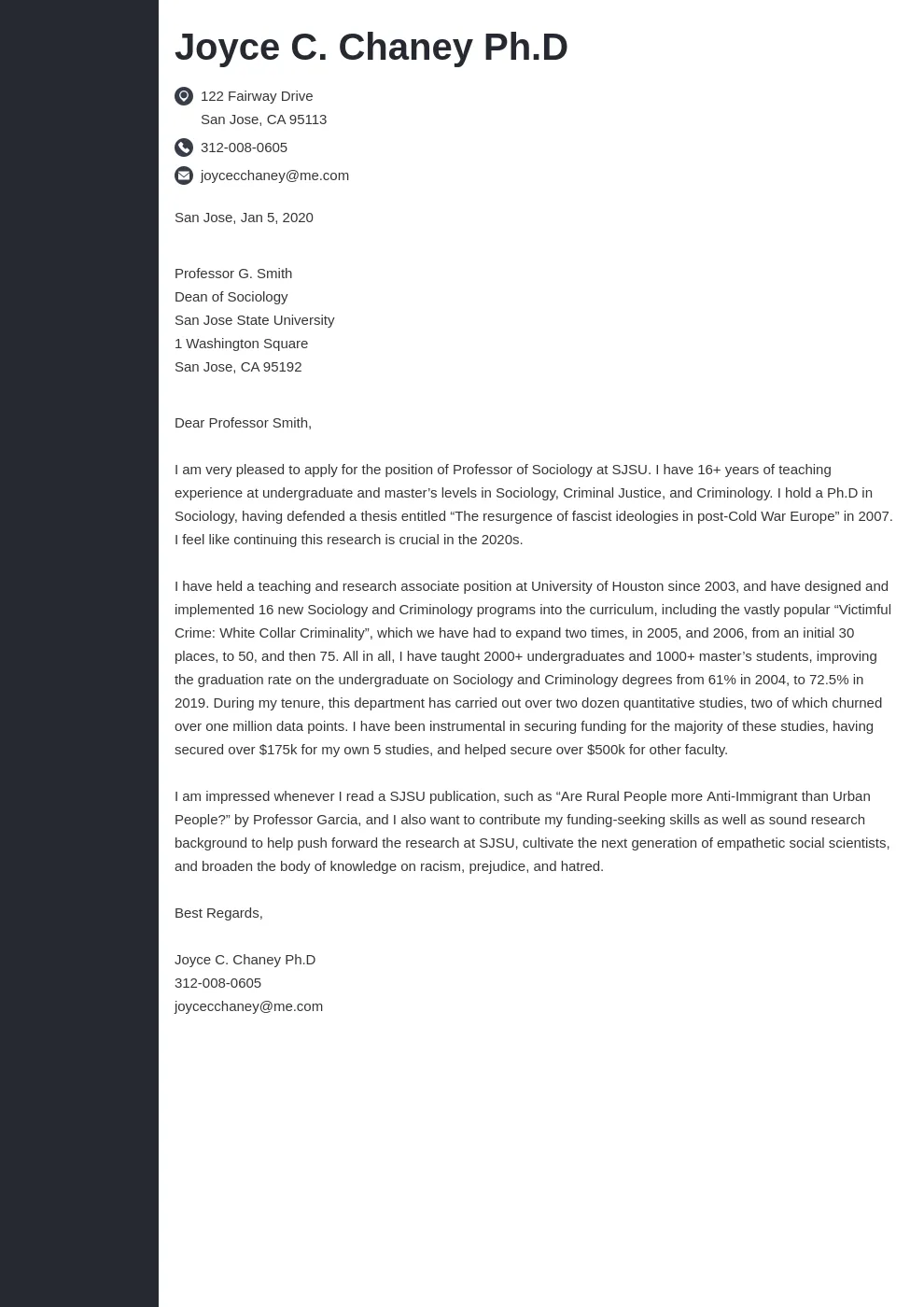
In the main body, provide a detailed overview of your research experience. Describe your research interests, methodologies, and key findings. Highlight your publications, presentations, and grants, quantifying your impact whenever possible. Explain the significance of your research and its contributions to the field. Discuss your future research plans and how they align with the department’s research areas and strategic goals. Mention any collaborations and your ability to work with teams. Be specific about your role in each project, and emphasize any awards, fellowships, or other recognitions you have received. Link your research achievements to the specific requirements of the position. This includes mentioning your expertise in specific methodologies and your experience with relevant software and equipment.
Discussing Teaching Philosophy and Experience
Clearly articulate your teaching philosophy, methods, and experience. Provide concrete examples of how you have engaged students and fostered a positive learning environment. Describe your teaching approach and your ability to adapt it to different learning styles. Discuss how you incorporate active learning techniques, encourage student participation, and promote critical thinking. Highlight any teaching awards or positive student evaluations. Mention your experience developing and delivering courses, incorporating innovative teaching techniques, and adapting your teaching style to different learning styles. Include your experience with online teaching, hybrid formats, or other innovative educational practices. Explain how you plan to contribute to curriculum development and student support, showing your commitment to fostering a positive academic experience.
Linking Skills to Job Requirements
Carefully review the job description and identify the specific skills and experiences required. Explicitly address each requirement and provide examples from your experience that demonstrate your proficiency. Use keywords from the job description to show that you understand the position. For each skill or experience, provide a specific example that showcases your abilities. Quantify your accomplishments whenever possible to illustrate the impact of your work. Tailor your letter to reflect the institution’s priorities and how your skills and experience align with their goals. Explain how you can contribute to the department’s research, teaching, and service missions.
Closing with Confidence
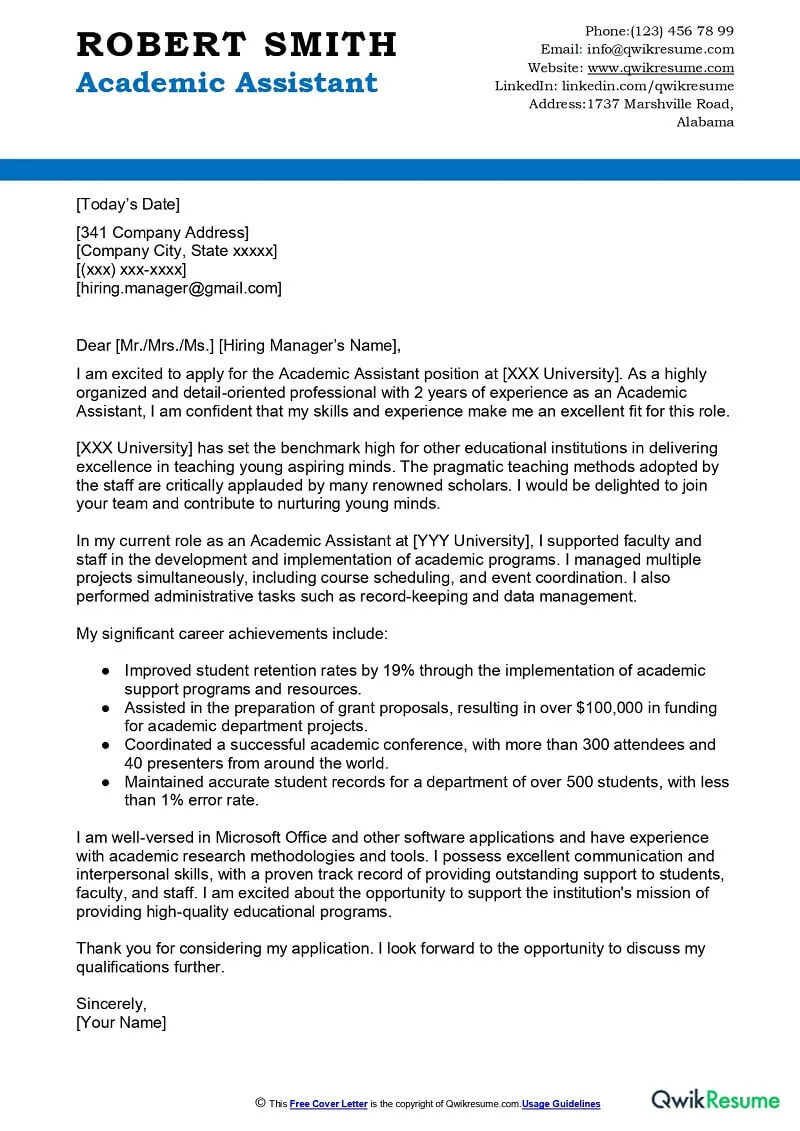
End your cover letter with a confident closing statement. Reiterate your interest in the position and the institution. Summarize your key qualifications and reiterate how you can contribute to the department’s success. Thank the search committee for their time and consideration. Express your eagerness to learn more about the opportunity and to discuss your qualifications in an interview. Provide your contact information and indicate your availability for an interview. Proofread your closing statement carefully to ensure it is free of errors and reflects your enthusiasm and professionalism.
Proofreading and Editing Your Cover Letter
Proofreading and editing are crucial steps. Carefully review your cover letter for any grammatical errors, typos, and inconsistencies. Ensure your writing is clear, concise, and easy to understand. Check the formatting and ensure consistency throughout the document. Consider asking a colleague, mentor, or career advisor to review your letter and provide feedback. They can offer a fresh perspective and catch any errors you might have missed. Pay close attention to the language you use, the tone, and the overall flow of your letter. A well-edited cover letter demonstrates your attention to detail and professionalism.
Common Mistakes to Avoid
- Generic Language and Lack of Specificity
- Focusing Too Much on Your Needs
- Ignoring the Institution’s Culture
Generic Language and Lack of Specificity
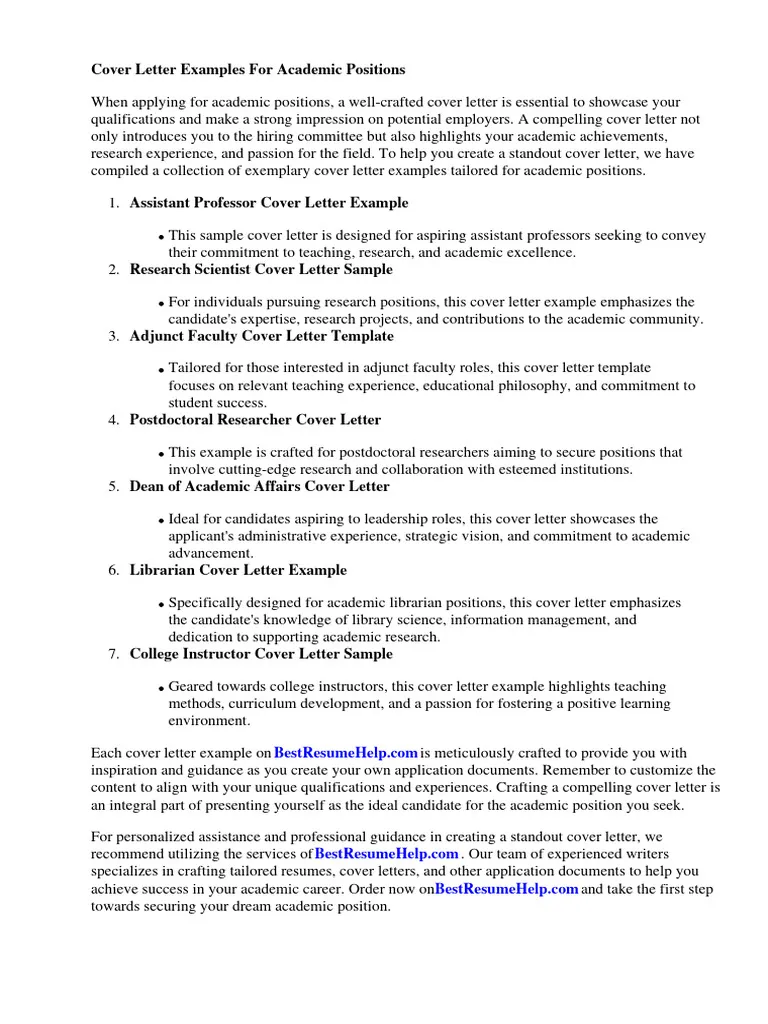
Avoid using generic phrases or clichés that don’t provide any specific information. Instead, provide concrete examples and quantify your accomplishments. Avoid vague statements and use specific details to showcase your skills and experience. For example, instead of saying “I have excellent teaching skills,” describe a specific teaching technique you used and its impact on student learning. Avoid overusing jargon, acronyms, or technical terms that the hiring committee may not understand. Tailor your language to the specific position and the institution’s context.
Focusing Too Much on Your Needs
While it’s important to highlight your qualifications, avoid focusing too much on your needs or what you hope to gain from the position. Instead, emphasize what you can contribute to the institution and how you can help them achieve their goals. Frame your experiences in terms of their benefits to the department and the students. Demonstrate your understanding of the position’s requirements and how you can meet them. Focus on how your skills and experience align with the institution’s mission and values.
Ignoring the Institution’s Culture
Research the institution’s culture, values, and mission and tailor your cover letter accordingly. Show that you understand the institution’s academic environment and how you can contribute to it. Avoid using a generic cover letter that could be sent to any institution. Demonstrate your genuine interest in the specific position and the institution’s goals. This can include mentioning the institution’s specific programs, initiatives, or faculty members you are interested in collaborating with.
Reviewing Sample Academic Cover Letters
Reviewing sample academic cover letters can provide valuable insights into effective writing strategies. Look for examples that are tailored to specific academic positions and institutions. Pay attention to the structure, language, and tone used by successful applicants. Analyze how they highlight their research, teaching experience, and institutional fit. Identify the key elements that make their letters compelling and effective. Use these samples as inspiration, but avoid copying them directly. Adapt the successful examples to your profile and tailor them to the specific position you are applying for. Understand the context and customize the content to suit your own experiences and the job requirements.
Analyzing Successful Examples
When analyzing successful examples, focus on what makes them stand out. Identify the strategies the applicants used to effectively highlight their research achievements and teaching experience. Note how they demonstrated their fit with the institution and their understanding of the specific requirements of the position. Pay attention to the language they used, the tone they adopted, and the overall flow of their letters. Analyze how they structured their letters to make them easy to read and understand. Look for any unique elements that set them apart from other applicants. Note how the examples linked skills and experience to the job requirements to ensure they met the needs of the position.
Adapting Samples to Your Profile
While sample academic cover letters provide helpful models, avoid simply copying them. Adapt the examples to reflect your unique skills, experience, and qualifications. Customize the content to match the specific position you are applying for and the requirements of the institution. Tailor the language and tone to reflect your personal style and the context of the job. Use the samples as a guide to structure your letter and highlight your key strengths. Ensure that your cover letter reflects your individual contributions to the field. Make sure you present yourself in a genuine and authentic way, which is crucial for making a positive impression.
